| |
"6-fold increase in PWH >75 Projected" The projected prevalence
of comorbidities and multimorbidity in people with HIV in the
United States through the year 2030
|
| |
| |
2023 HIV Complications Workshop Dec 15
Download the PDF here
Parastu Kasaie, PhD
Associate Scientist
Department of Epidemiology, Johns Hopkins/Bloomberg School of Public Health
Dec 15, 2023
"6-fold increase in the number of PWH > 75 years or older " predicted.
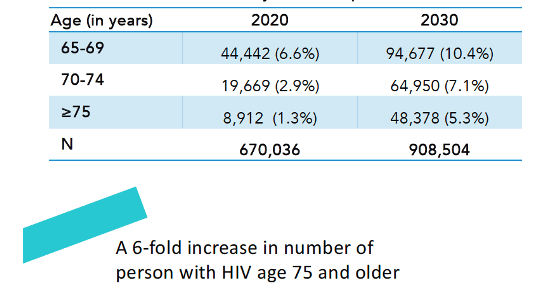
• 31% of PWH by 2030 will have 1 or more mental & physical comorbidities.
• 64% will have 1 or more mental disability
• 45% will have 2 or more physical comorbidities.
OF NOTE:
• PWH by 2030 > 70 , 80% will have 2 or more comorbidities.
• PWH 60-69, 65% will have 2 or more comorbidities
• PWH 50-59, 50% will have 2 or more comorbidities
• PWH 40-49, 34% will
• PWH age 30-39, 19%
• age <30, 13%
AUTHORS SAY:
"allocate appropriate resources to see healthcare needs"
"Quantify forecasted health inequities so they can be anticipated & narrowed"
"Understanding which comorbidity-specific guidelines that will need to be followed in the cab of PWH"
Conclusion and relevance The distribution of multimorbidity will continue to differ by race/ethnicity, gender, and HIV acquisition risk subgroups, and be influenced by age and risk factor distributions that reflect the impact of social disparities of the health on women, people of color, and people who use drugs. HIV clinical care models and funding are urgently required to meet the healthcare needs of people with HIV in the next decade.
• Projecting the magnitude of mental and physical comorbidity, and multimorbidity, is critical for quantifying the medical complexity of PWH and allocating sufficient resources to systems and programs caring for people aging with HIV.
• The disproportionate burdens of comorbidities and subsequent multimorbidity (i.e., ≥2 comorbidities not including HIV) pose persistent challenges in ensuring adequate healthcare for people with HIV.22,23
• 67% of White MSM were multimorbid in 2030 (median age in 2030=59 years) and anxiety, depression, dyslipidemia, CKD, and hypertension were highly prevalent.
• Among Black women with history of injection drug use (oldest demographic subgroup in 2030), CKD, anxiety, hypertension, and depression were most prevalent and 93% were multimorbid.
• Among Black MSM (youngest demographic subgroup in 2030), depression was highly prevalent, followed by hypertension and 48% were multimorbid.
• The prevalence of depression and/or anxiety was high and increased from 60% in 2020 to 64% in 2030.
Hypertension and dyslipidemia decreased, diabetes and CKD increased, MI increased steeply, but there was little change in cancer and ESLD.
We projected 914,738 PWH using ART in the US in 2030. Multimorbidity increased from 58% in 2020 to 63% in 2030.
The proportion of PWH using ART with physical or mental multimorbidity was 58% in 2020 and 63% in 2030 (Figure 2a). The prevalence with mental comorbidities and physical multimorbidity increased from 21% in 2020 to 25% in 2030 (Figure 2a).
Among all PWH using ART from 2020 to 2030 projected by the PEARL model, depression had the highest prevalence over the 10-year period (49% [95%UR 48-49%] in 2030), and anxiety increased from 37% [95%UR 36-37%] in 2020 to 47% [95%UR 46-48%] in 2030 (Figure 3a,
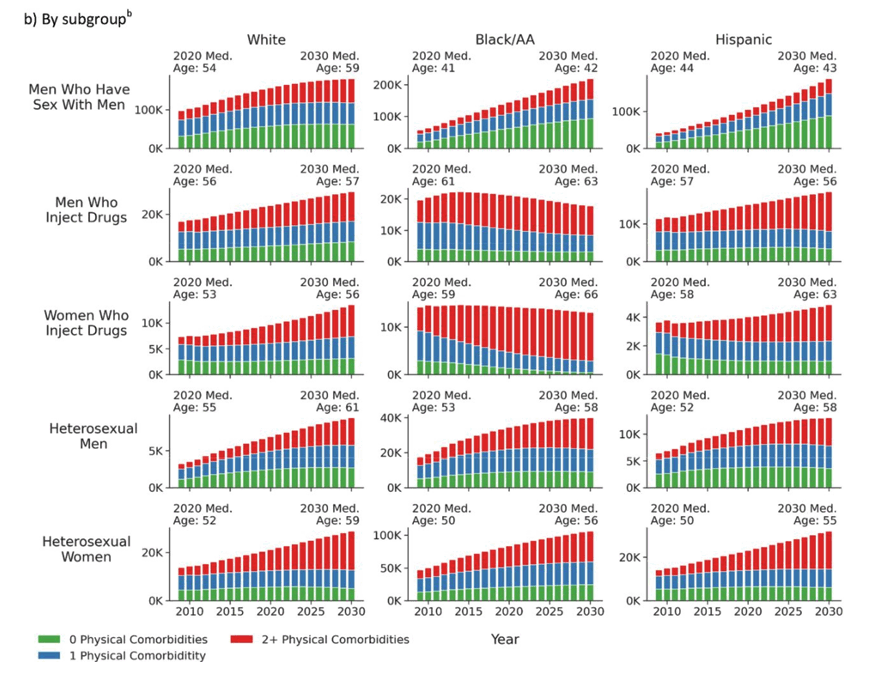

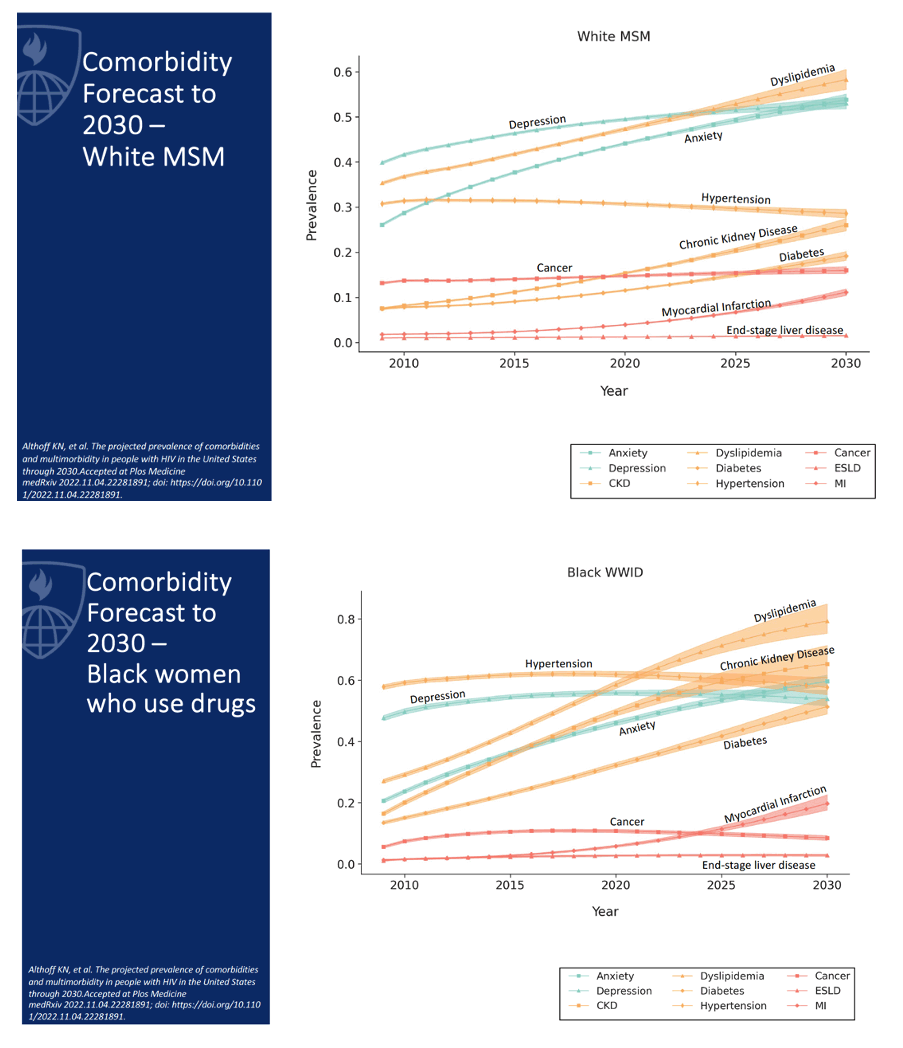

Does HIV accelerate or accentuate aging? The answer is probably organ and disease/condition specific. For many processes, there appears to be a pattern of accelerated aging. This is most clear in the immune system where T-cell TL and CDKN2A expression, accumulation of CD28−CD8+ T cells, reduced naive T-cell generation, and evidence on ongoing immune activation strongly suggest accelerated immune senescence. Clinically, it is also clear that the development of specific geriatric syndromes such as multimorbidity, frailty, and polypharmacy are hastened in those with HIV. In specific end-organ diseases, it is less clear, but many illnesses appear to be accentuated rather than accelerated (Figure 2). Cardiovascular disease, diabetes, and several other conditions are more prevalent at all ages in those with HIV, suggesting there is an extra "hit" by HIV and/or ART—that is, accentuated aging. Novel biomarkers in organs relatively protected from the effects of the HIV virus itself, concomitant exposures to additional stressors, and/or ART drug toxicity, such as the ocular measures proposed above, may prove to be useful, accurate BoA in those with HIV.
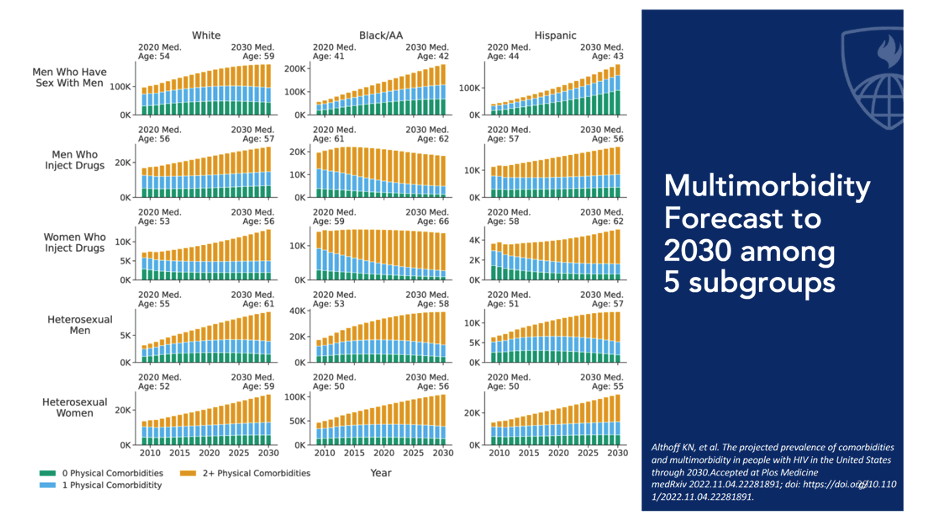
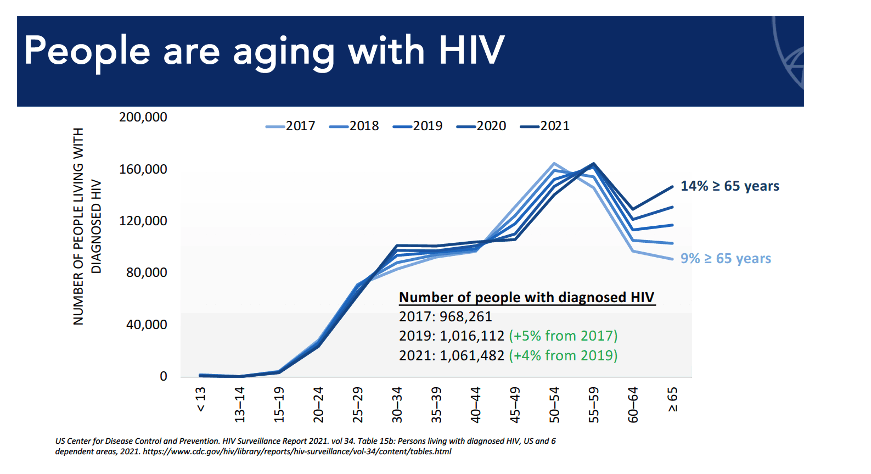
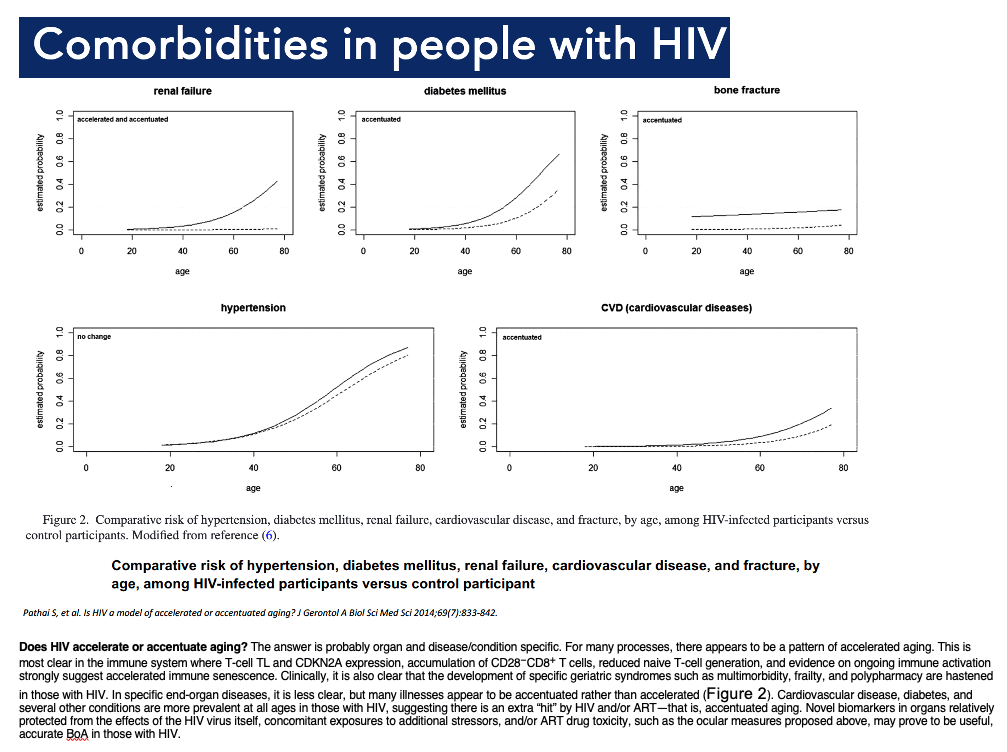

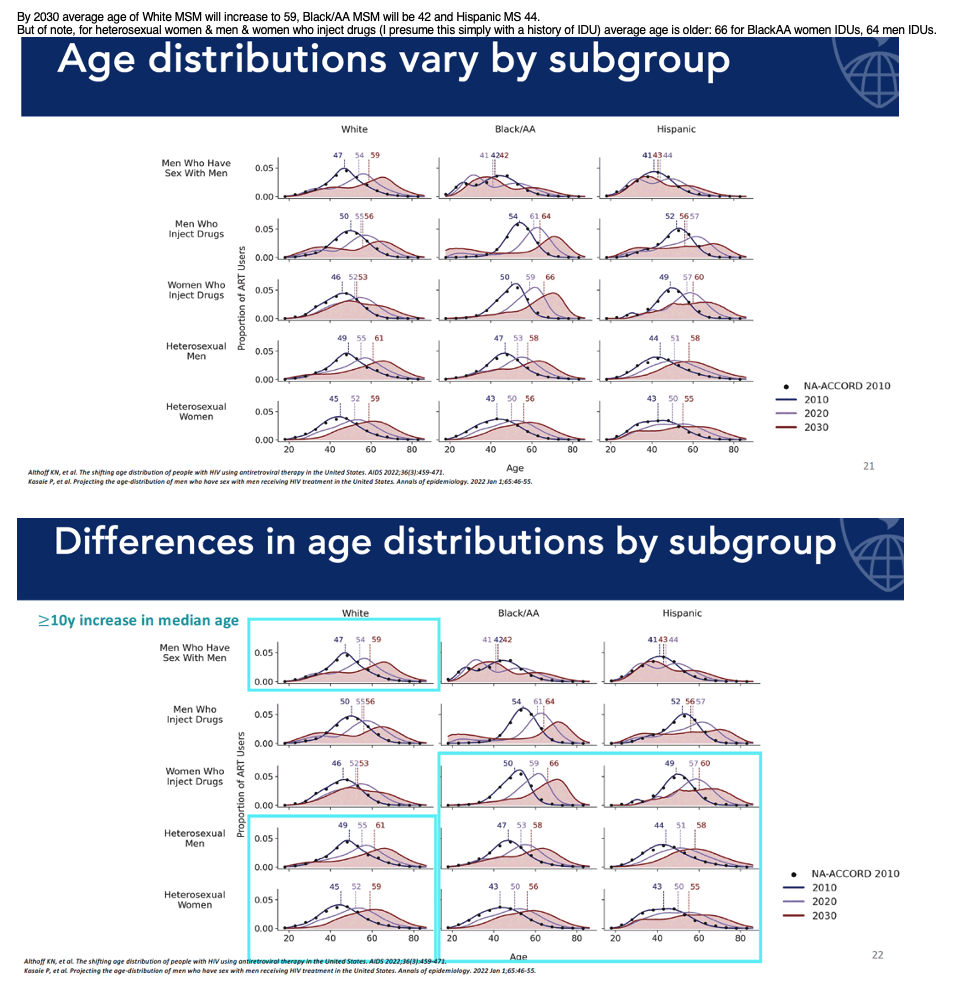
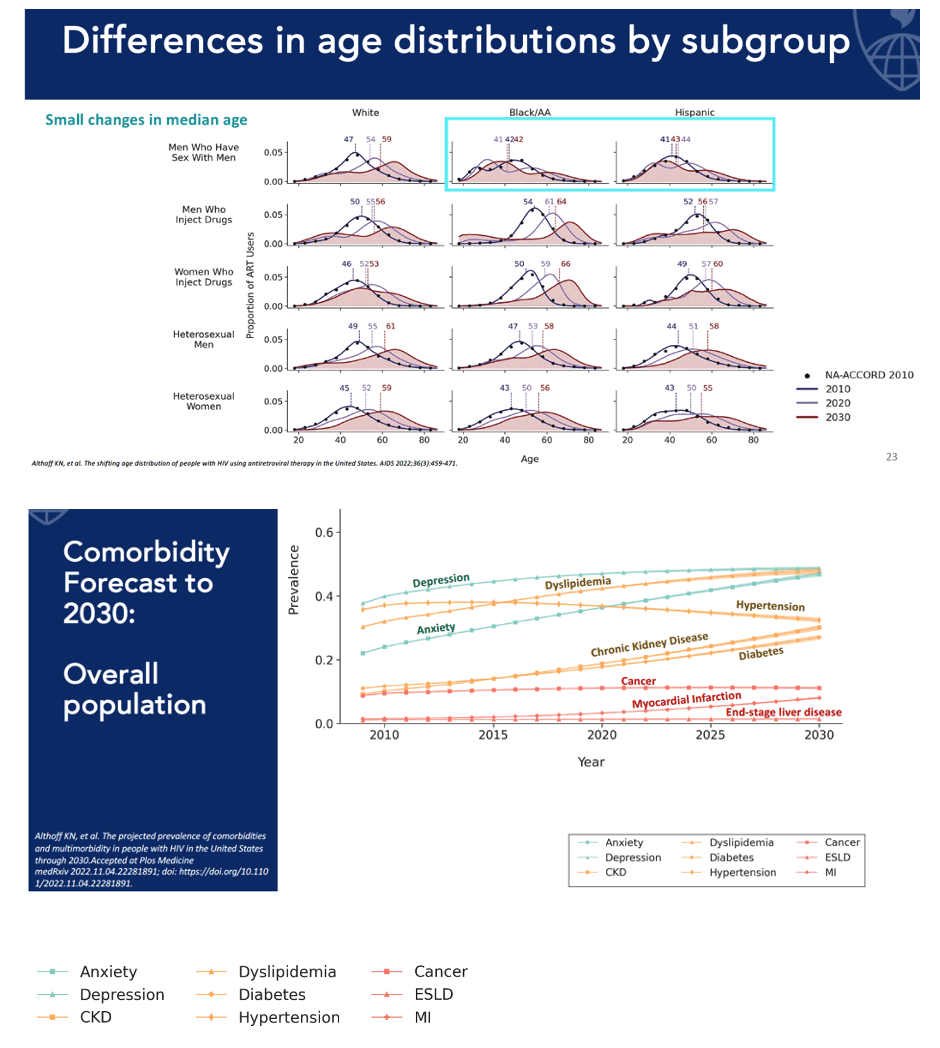
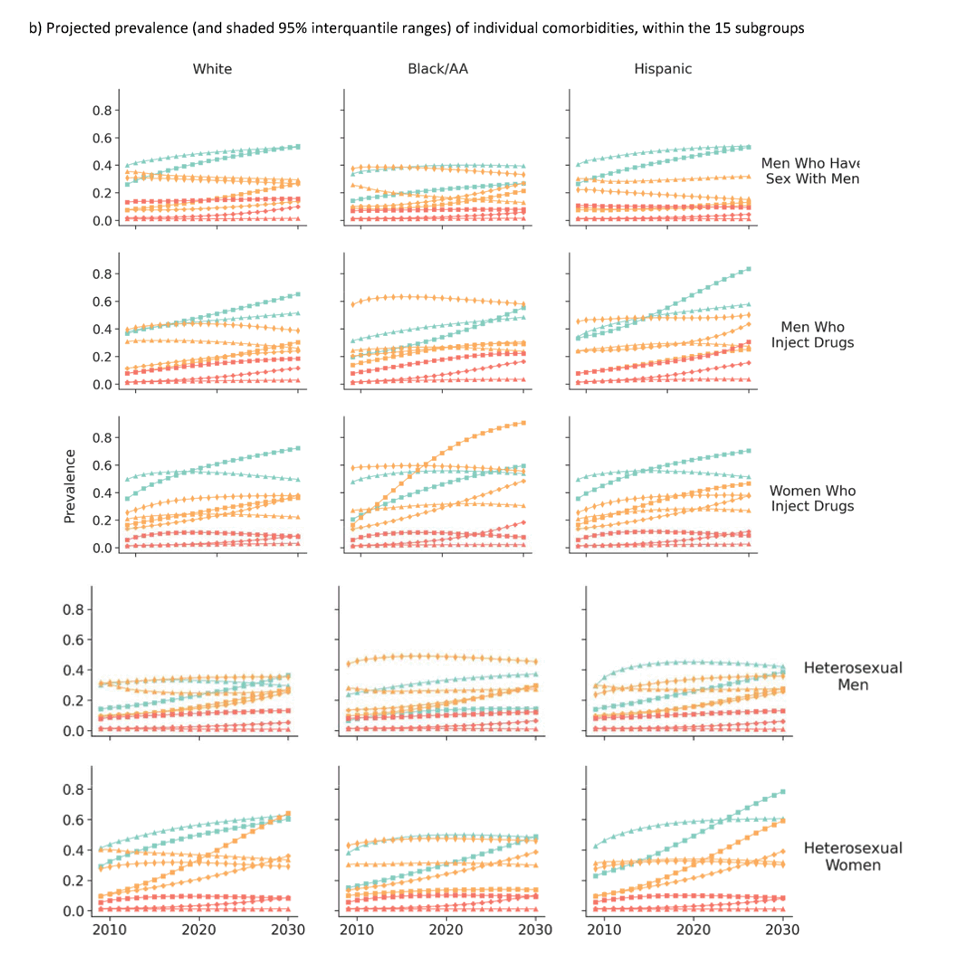
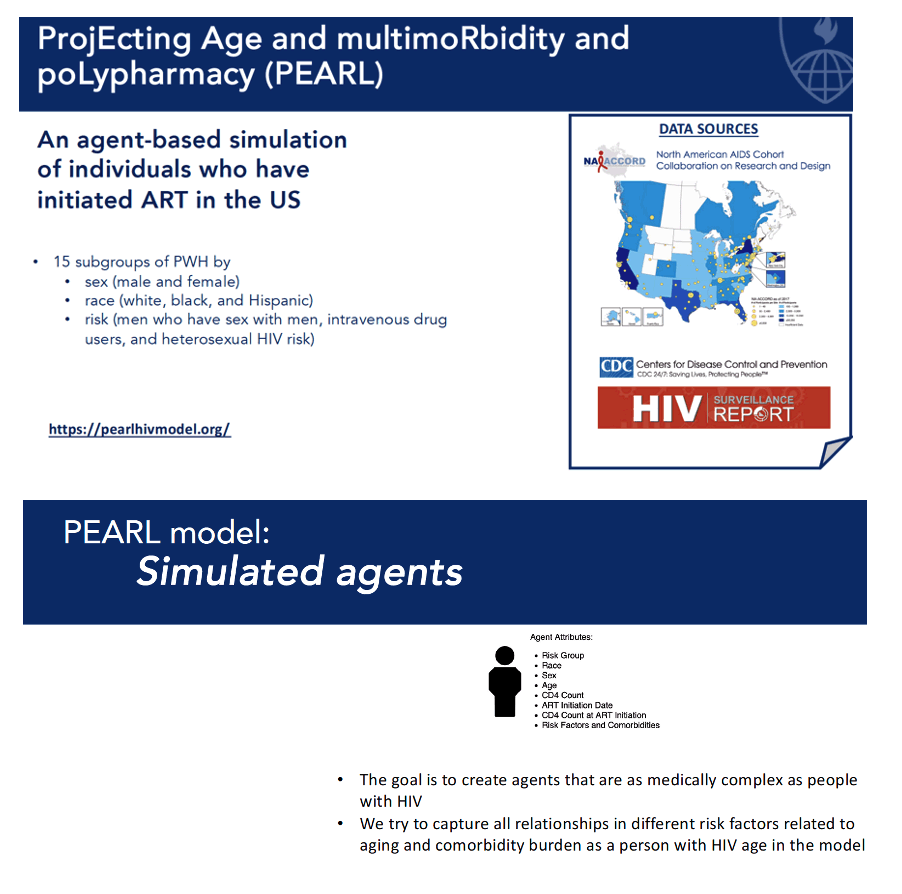
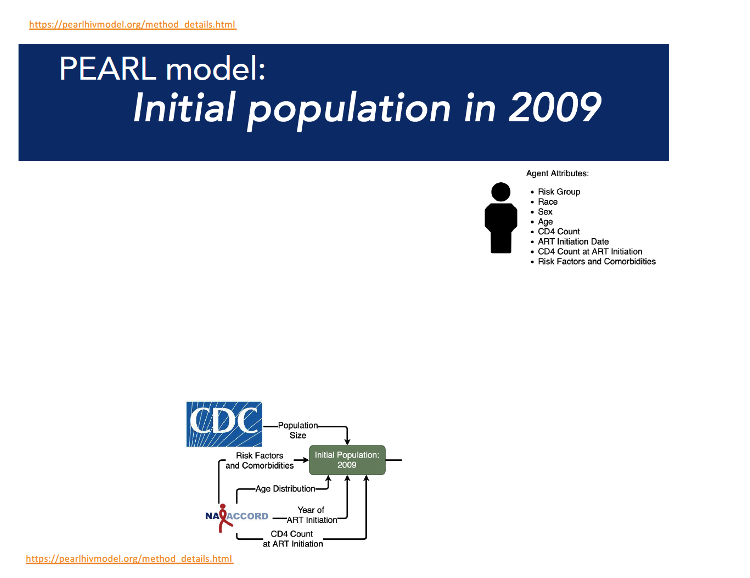
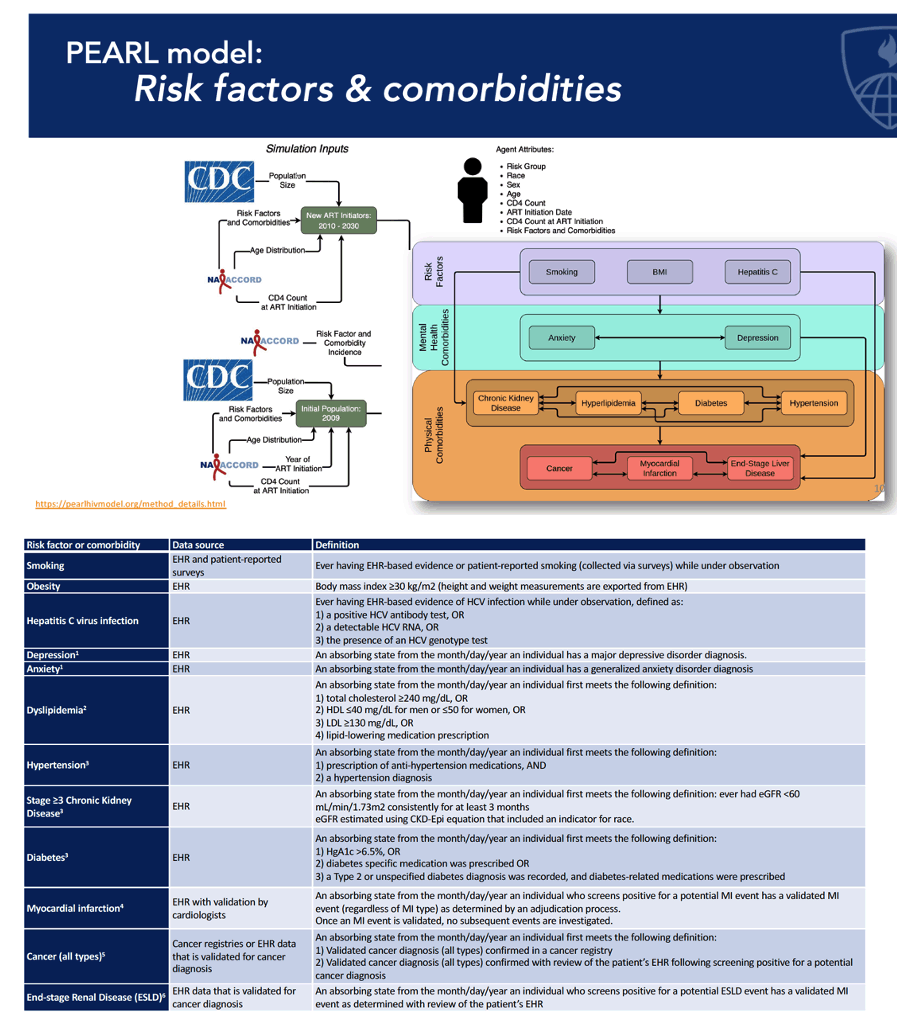
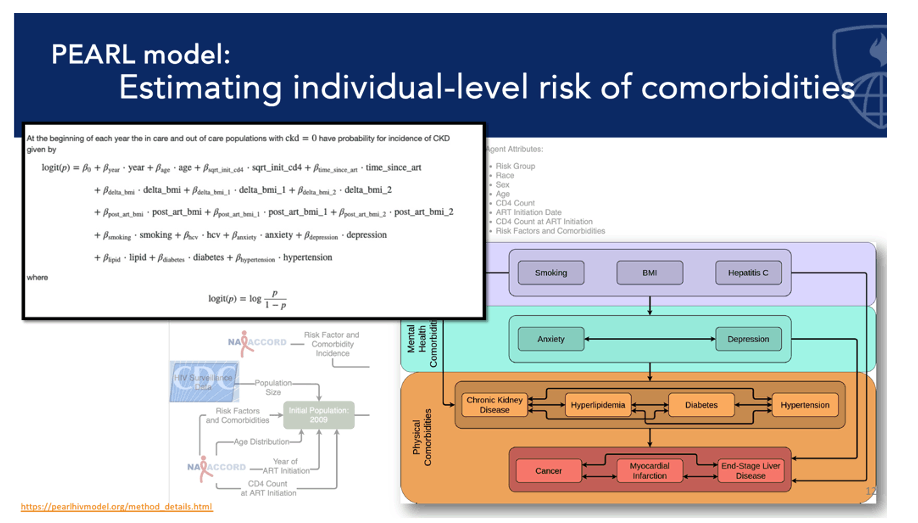
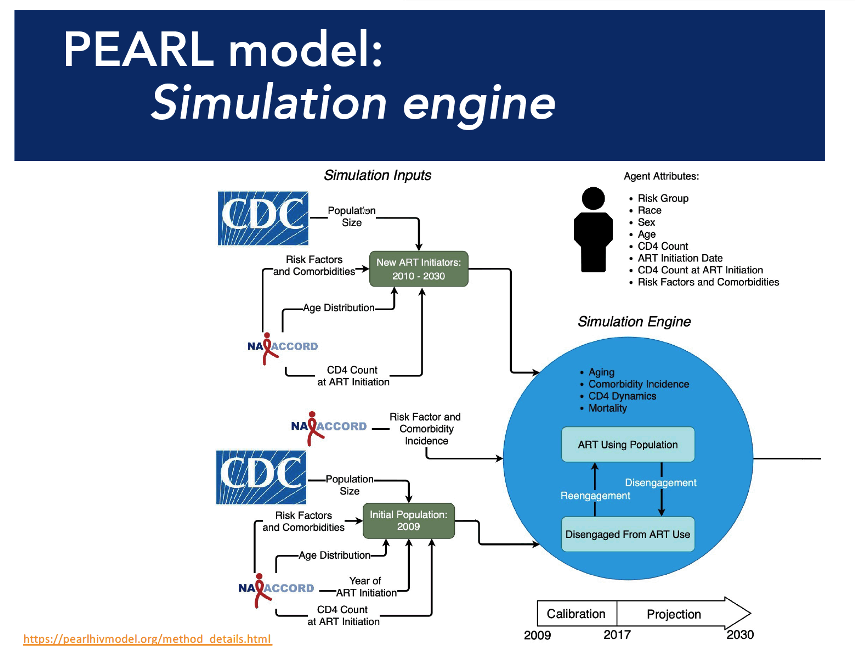
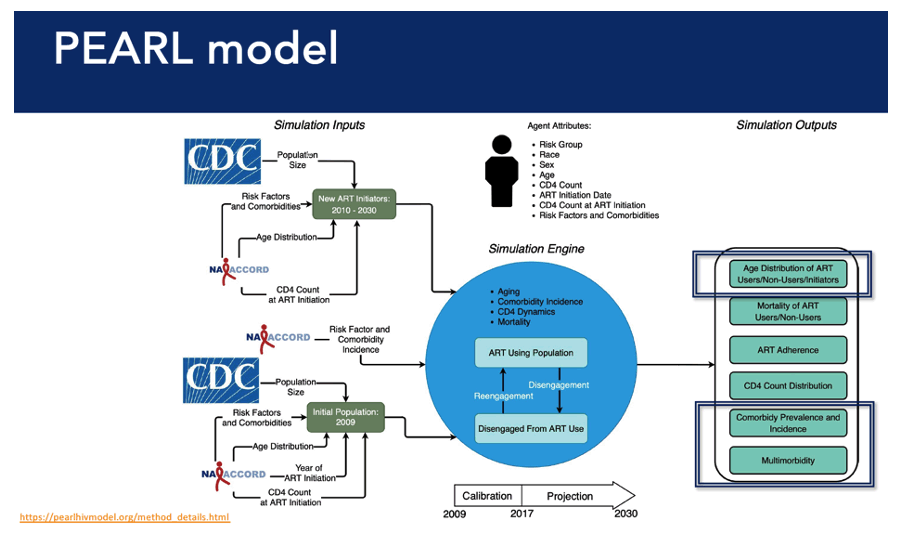
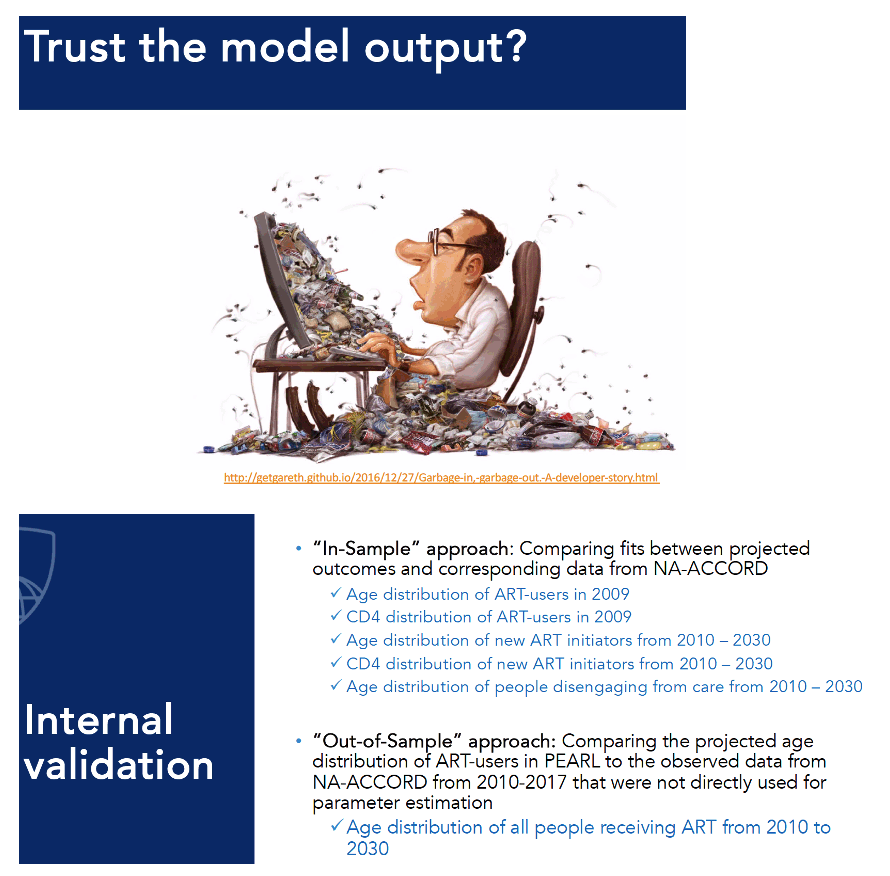
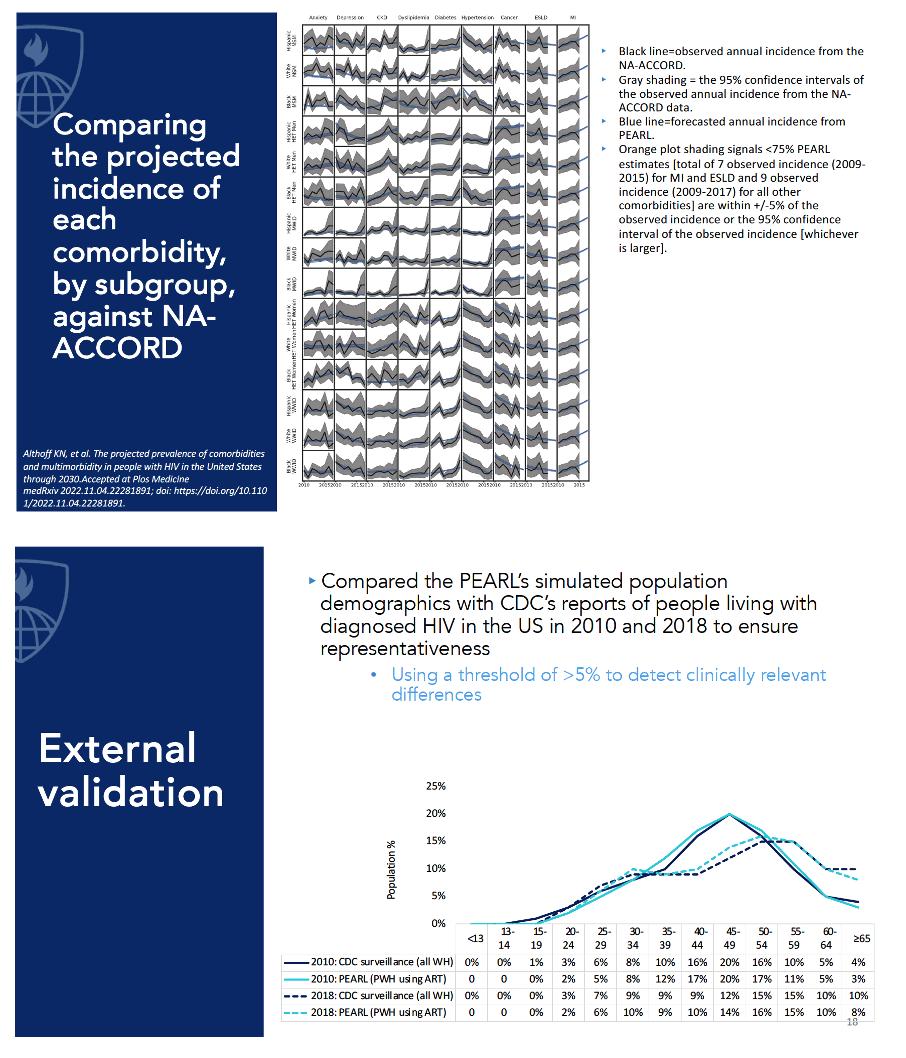
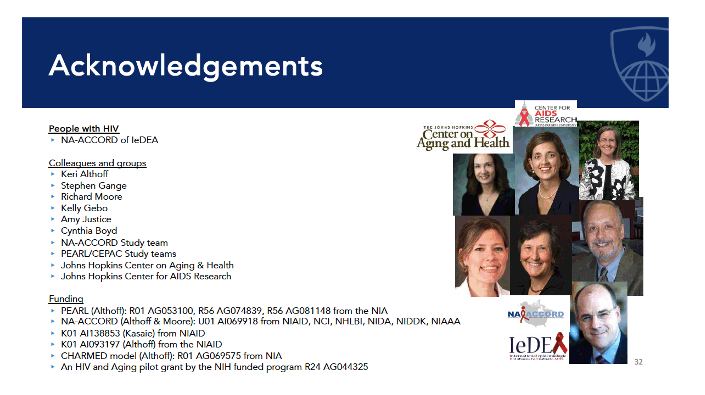
|
|
| |
| |
|
|
|